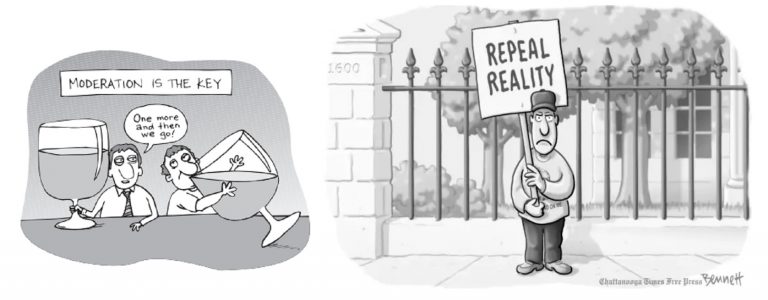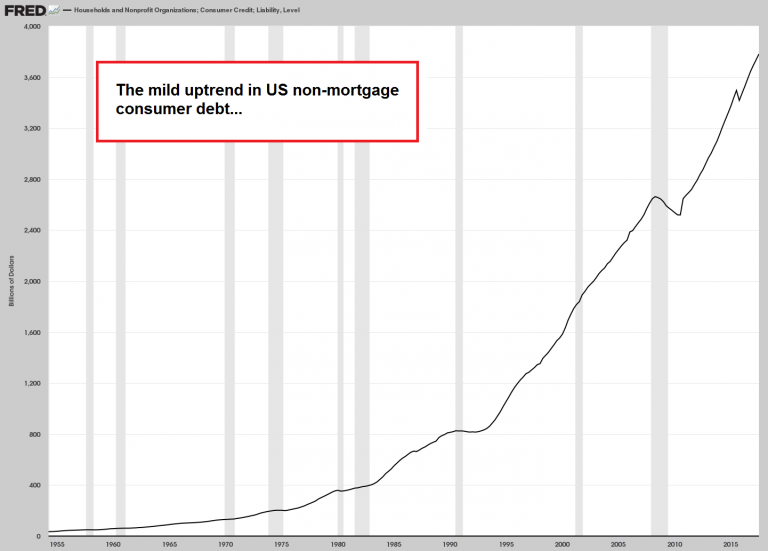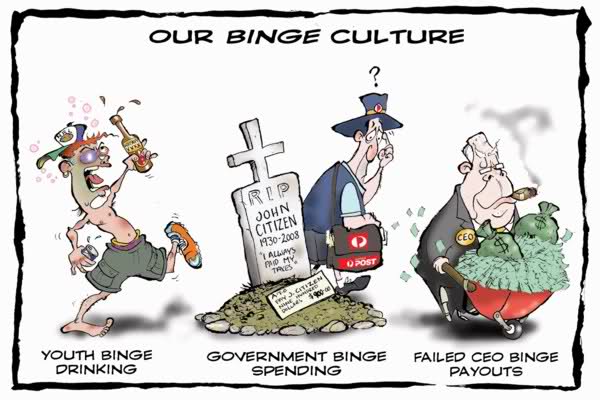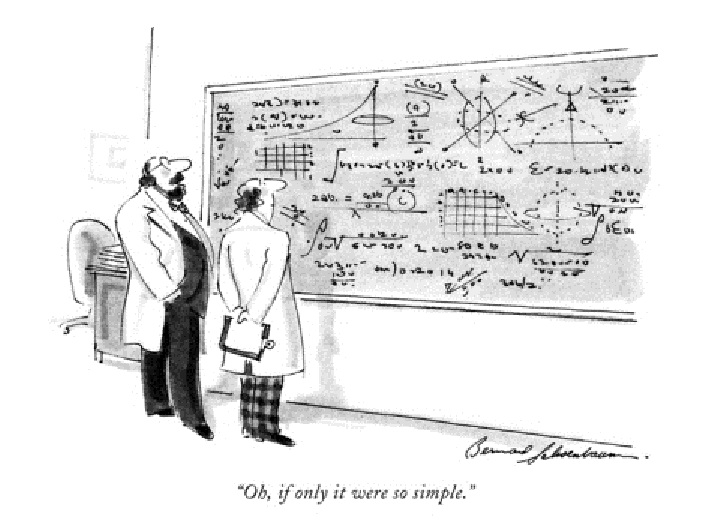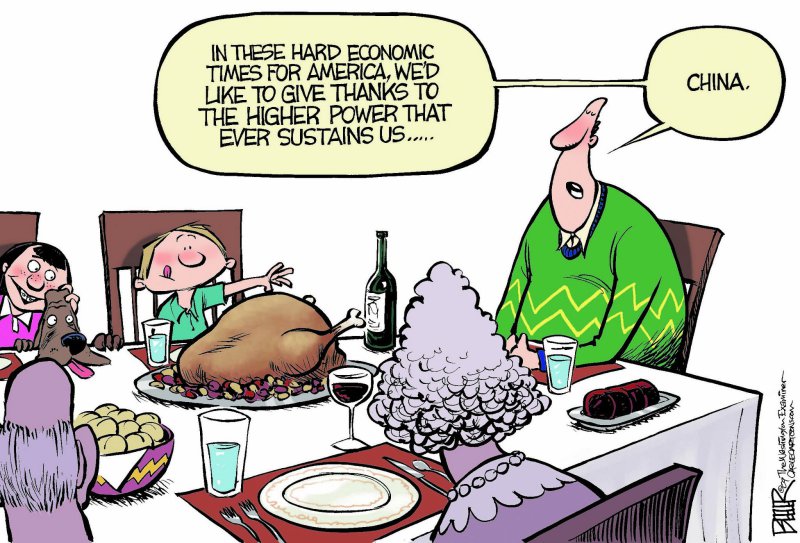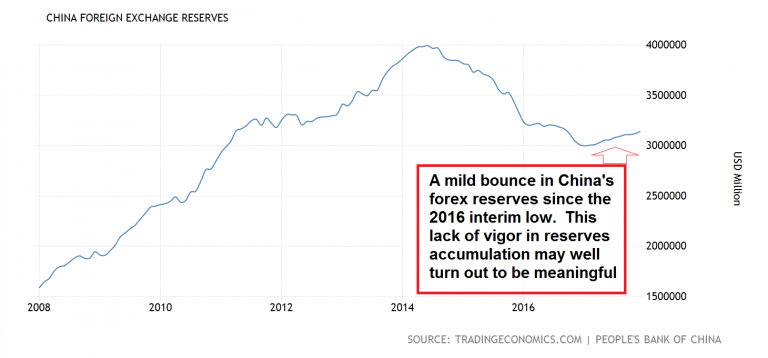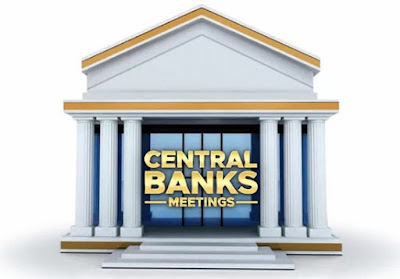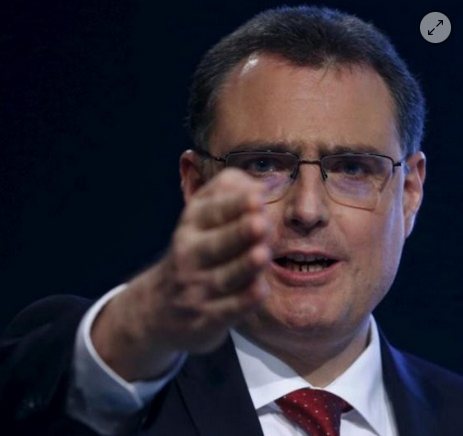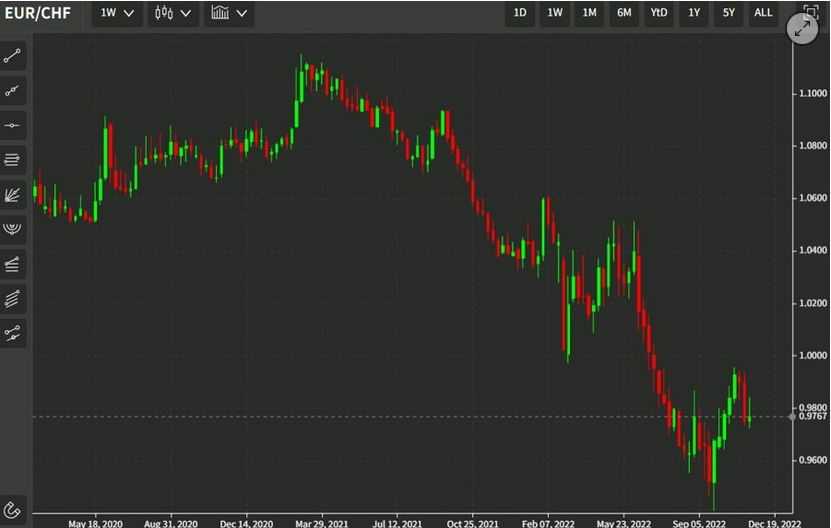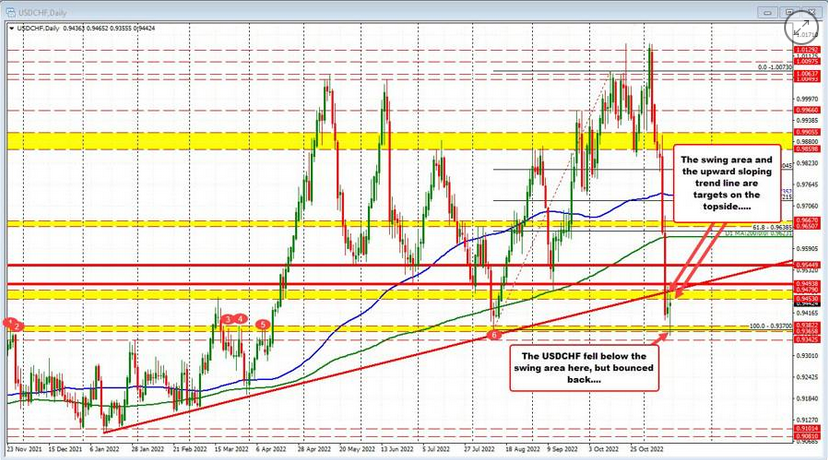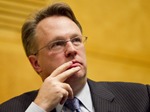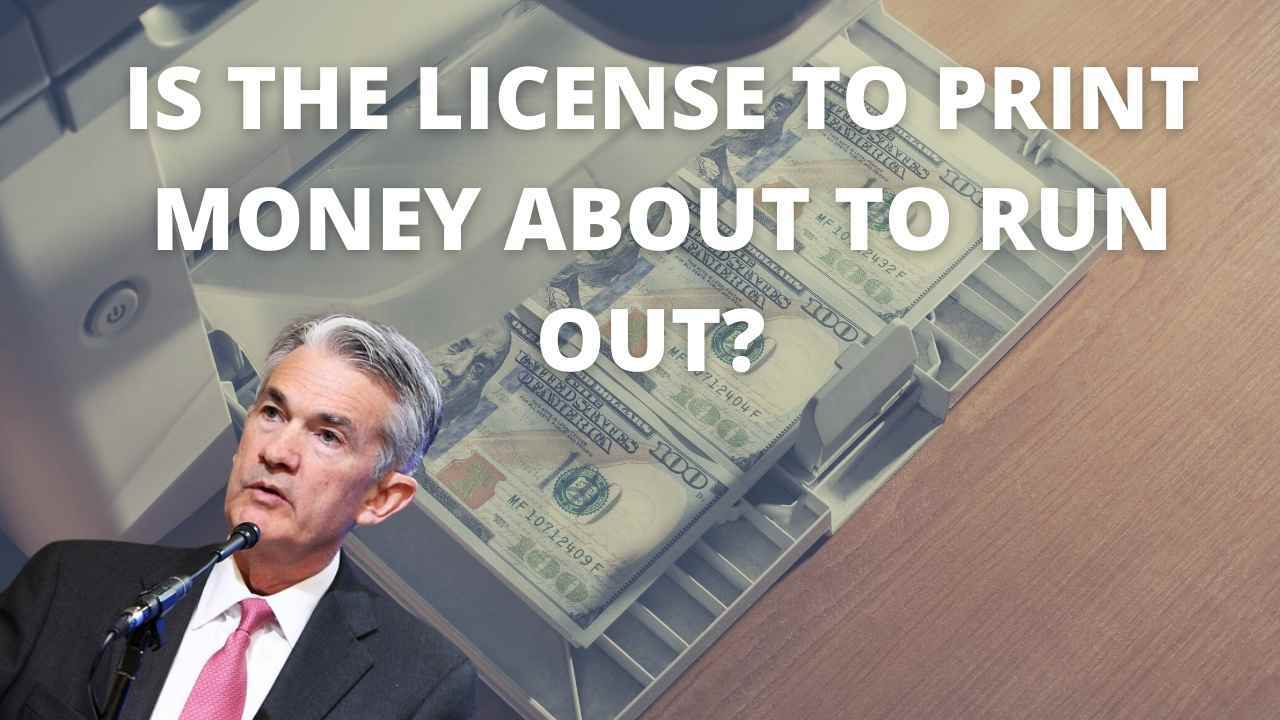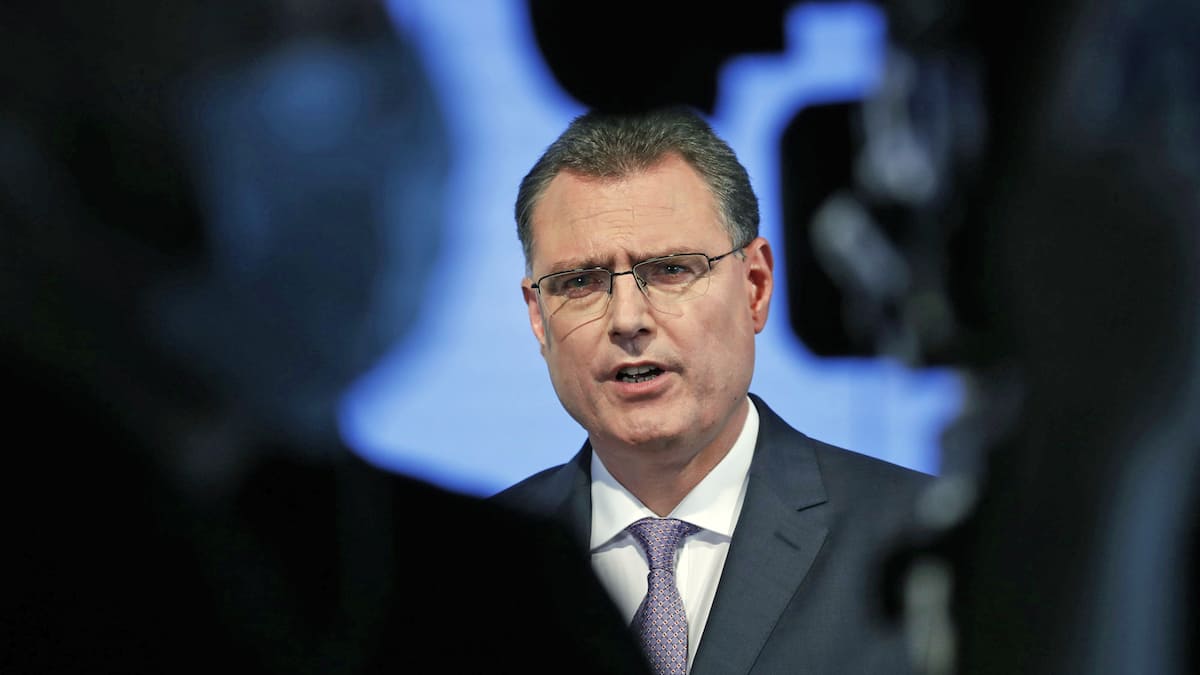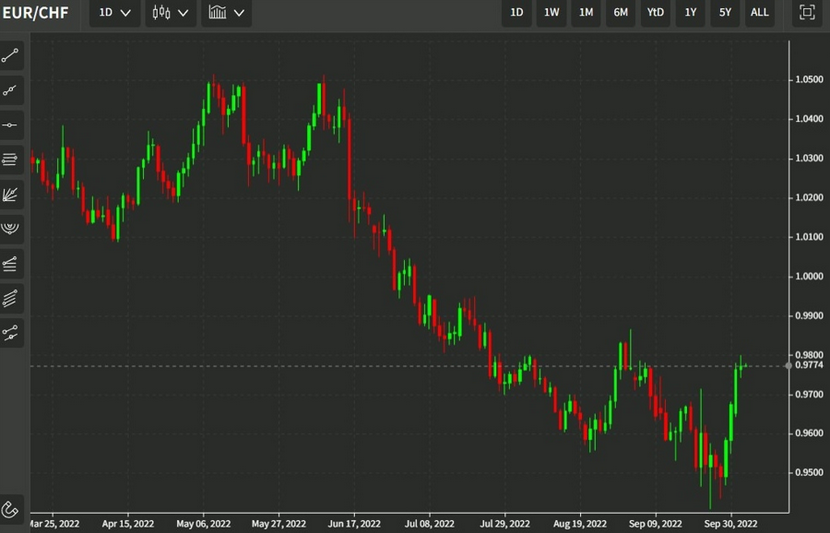Controlled InflationAmerican consumers are not only feeling good. They are feeling great. They are borrowing money – and spending it – like tomorrow will never come. |
|
| On Monday the Federal Reserve released its latest report of consumer credit outstanding. According to the Fed’s bean counters, U.S. consumers racked up $28 billion in new credit card debt and in new student, auto, and other non-mortgage loans in November. This amounted to an 8.8 percent increase in consumer borrowing. It also ran total outstanding consumer debt up to $3.83 trillion. |
US Non-mortgage Consumer Debt, 1955 - 2018 |
| Perhaps this consumer spending binge will finally propel price inflation, as measured by the personal consumption expenditure (PCE) deflator, up to the Fed’s elusive 2 percent target. Academic economists and central planners consider 2 percent price inflation to be the sweet spot for attaining economic heaven on earth. We have some reservations.
Controlled inflation, or what is sometimes called financial repression, is what the Fed is after. Because controlled inflation is the grease that keeps the gears of the debt based monetary system turning. You see, through controlled inflation, and the subsequent slow erosion of debt burdens, borrowers can make good on their debts with dollars of diminished value. And, of course, the biggest debtor of all is the federal government. Controlled inflation benefits Washington more than anyone else. The government can borrow massive amounts of money and inflate its debts away. Yet this isn’t without consequences… |
|
Disaster in the MakingRemember, a Treasury bill – a debt based asset – does not represent goods produced. It is merely a claim on future production. The interest that a Treasury bill yields is paid with taxes drawn from the labors of citizens. Creditors are certainly aware of the inflationary character of government deficits. They know that if the Fed loses its handle on this controlled inflation scheme, and yields abruptly spike upward, their Treasury holdings will rapidly depreciate in value. Nonetheless, creditors prefer controlled inflation with the risk of uncontrolled inflation to the alternative of deflation. Because in a debt based fiat money system, deflation results in unpaid debts and outright defaults. This is why ever increasing levels of debt are needed – or the financial system breaks down. As an aside, in a stable money system, like the international gold standard of the late 19th century, in which economic growth is financed through savings and accumulated capital as opposed to debt, deflation is a welcome byproduct of capitalism. Cheaper prices for goods and services benefit consumers without the risk of cascading defaults. So, will the Fed succeed in attaining the miracle of 2 percent controlled inflation? We don’t know, and we’d much prefer a stable money system. But we do know these sorts of schemes rarely go according to plan. We expect the present monetary experiment will ultimately end in disaster. Here is why… |
The Debasement of the Dollar since the Founding of the FED, 1920 - 2018This chart looks like the reverse of a bitcoin chart and certainly suggests that the Fed is quite adept at inflating the value of the money it issues into oblivion. This is what essentially happens when one permits self-anointed “inflation fighters” to centrally plan money. It is a miracle that the economy has actually managed to generate fairly decent real growth over most of this lengthy period of monetary debauchery… it shows that even a severely hampered market economy is quite powerful. |
As the Controlled Inflation Scheme Rolls On“I was eating a lot of Domino’s Pizza before my heart attack,” explained our neighbor in all seriousness, not long after suffering a myocardial infarction. “Now, I eat Papa John’s.” Was Domino’s Pizza the cause of our neighbor’s heart problem? Maybe. Maybe not. But it’s doubtful that Papa John’s Pizza is the solution. The point is, the human animal has a difficult time discerning a simple cause and effect relationship. When it comes to understanding multifaceted non-linear relationships humans don’t stand a chance. Complex systems, incrementally built up over time, eventually hit a tipping point. Seemingly out of nowhere they go haywire. Thoughtful consideration and deliberate action can’t stop it. “Men made it,” said John Steinbeck in reference to big banks. “But they can’t control it.”
|
|
| The early Wednesday morning scuttlebutt from Bloomberg was that Beijing may be halting purchases of U.S. Treasuries. A decade ago this would have caused a significant market freak out. Presently, such a gloomy prospect no longer matters.
Within hours of China’s presumed dismissal of U.S. Treasuries, the Treasury Department auctioned $20 billion of 10-year notes, with bids exceeding the amount offered by 2.69 times. Investors can’t seem to get enough of these claims on future production. Then yesterday, not long after China’s foreign exchange regulator called the prior day’s story “fake”, 30-year notes sold out like boysenberry funnel cakes at the county fair. In fact, at a yield of 2.867 percent, the $12 billion debt offering posted the largest demand of a 30-year auction, relative to its size, in over three years. |
|
| And so it goes. The controlled inflation scheme rolls on. Still, where there is smoke there is usually fire. China’s call to halt purchases of U.S. Treasuries may be fake news today. Tomorrow, it could be as real as it gets. |
China Foreign Exchange Reserves, 2008 - 2018 |
Tags: central-banks,Chart Update,newslettersent,On Economy









